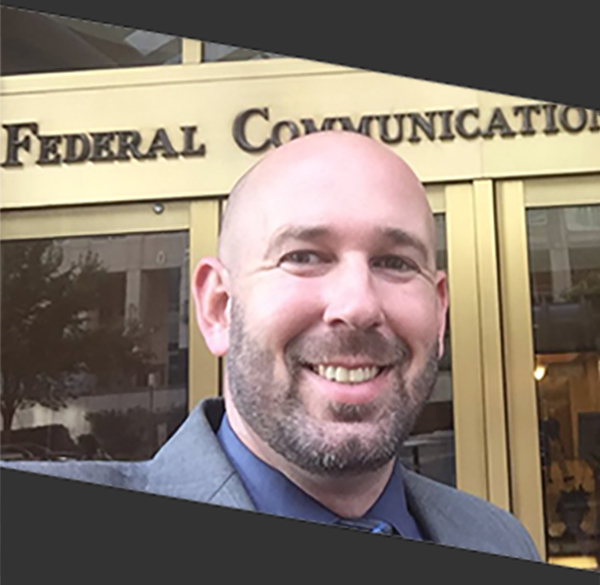Some say the third time is a charm so it is no wonder the fourth was even that much better. I am so excited about the outcome mainly because I made some changes that ended up being very positive for the evening.
I firmly believe that this night is ALL about our students. In the past few years, I have seen classrooms where students were presenting that had 1-2 audience members while next door the room is packed with standing room only. The difference between the two rooms is that one was a high school student and the other was an elementary presentation. This was the root of my first change. I decided to move away from campus based rooms and mix up elementary, middle and high school presentation throughout the rooms. Long story short, the crowds were larger and the comments were very favorable to see the multiple levels of students.
The other major change this year was to focus on the room facilitators as more of an inquirer and a learning coach versus someone passing out tickets to attendees. We treated them as educational leaders, and the response was overwhelmingly positive. Facilitators felt like the true leaders they are, and the students were probed about their learning thus enhancing the presentation as a whole. Wins all around!


